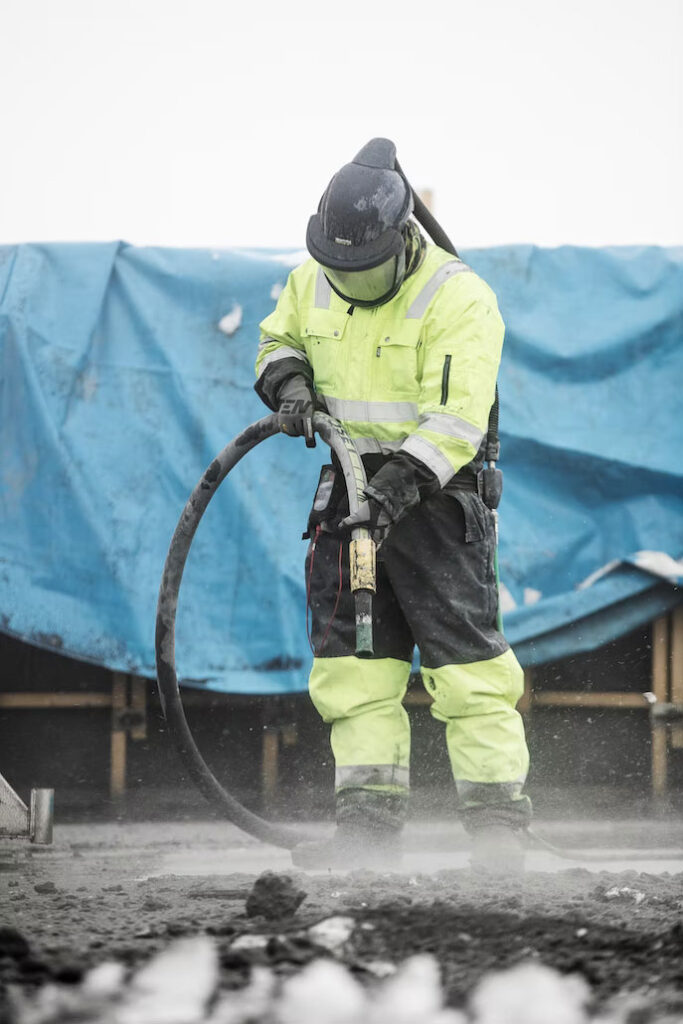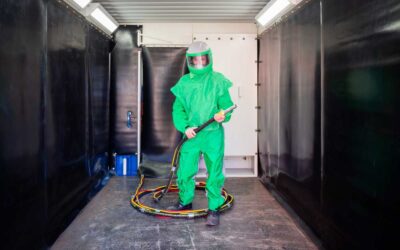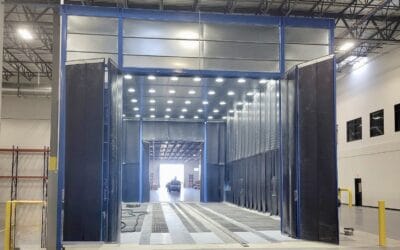What is Media Blasting?
Media Blasting is a cleaning procedure that eliminates soil, old paint, and other pollutants using high-pressure air with a mechanical abrasive. Media blasting is an excellent way to prepare a surface for powder coating.
What is Media Blasting?
Media blasting is the typical method of removing surface pollutants from metal. The media used in media blasting includes:
- Walnut shells
- Grit blast
- Aluminum oxide
- Plastic beads
- Glass beads
The media is pushed through a high-pressure tool, easily removing old paint, rust, and surface imperfections. Media blasting strips away surface blemishes without harming the base material. It can also create a smooth finish for hard material.
Some restoration services used media blasting. Media blasting in restoration has a range of uses, like deodorizing a surface, blasting away fire damage, and cleaning a surface. Each one necessitates cleaning, stripping, and surface preparation.
Media blasting is used, along with high-pressure air scrubbers, to remove contaminants from engine parts and fuel systems.
Different Types of Media Blasting
There are several different types of media blasting and numerous distinctive blasting techniques. Two of the most familiar media blasting types are sandblasting and hydro blasting.
It is vital to understand the different types of media blasting. For example, bead media is best for polishing surfaces, whereas grit media is excellent for cutting and stripping. Here is more information on the various media blasting types.
Hydro blasting
This non-abrasive technique eliminates grime and hard deposits from surfaces thanks to specialized water pumps that intensify the water pressure. Hydro blasting is usually used in petrochemical plant maintenance work. The four categories of hydro blasting include:
- Low-pressure water cleaning
- High-pressure water cleaning
- High-pressure water jetting
- Ultra-high-pressure water jetting
Sandblasting
Sandblasting cleans and smooths hard surfaces with crystalline silica that is forced out of a blasting apparatus at a fast speed using compressed air. This is the media blasting technique that removes coatings, corrosion, and rust, as well as priming a surface profile to get alloys ready for a new coating. In addition, it can be used on hard surfaces and glass for etching. Sandblasting also removes residue due to oxidation from materials.
Dry Abrasive Blasting
Dry abrasive blasting is an abrasive cleaning method that entails shooting small articles at a surface at a high speed to remove or clean unwanted or excess material from a surface. The benefit of this media blasting type is that it keeps the surface intact while everything else is removed.
Soda Blasting
Using baking soda, soda blasting works excellently as a cleaner and deodorizer. It proves to be a good fit for tasks such as fire restoration. Soda blasting is also used on copper surfaces that are getting a metal coat such as chrome and nickel. The baking soda solution is excellent for stripping and prepping thin, delicate, and ornamental surfaces since it is less abrasive than sand.The best way to get rid of rust or paint on a metal surface is media blasting. Media blasting is excellent for cleaning off surface contaminants. If you have a media blasting project, contact us to discuss how our various blast solutions can help you complete the job.


